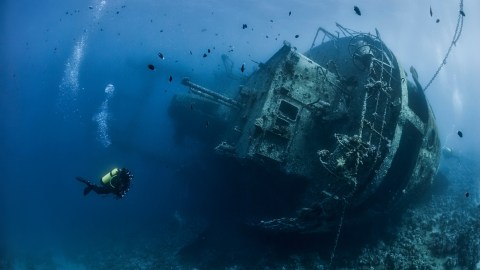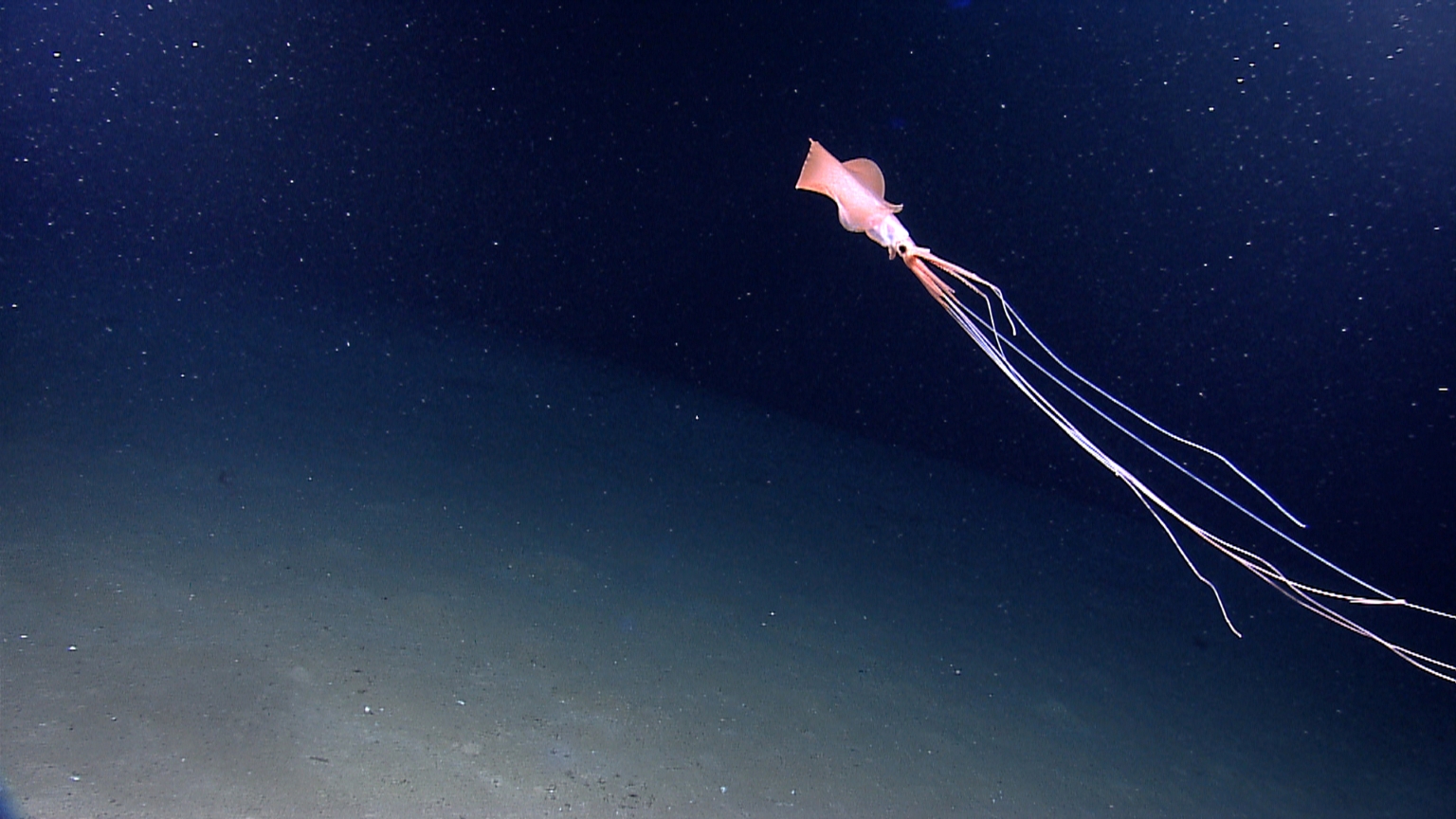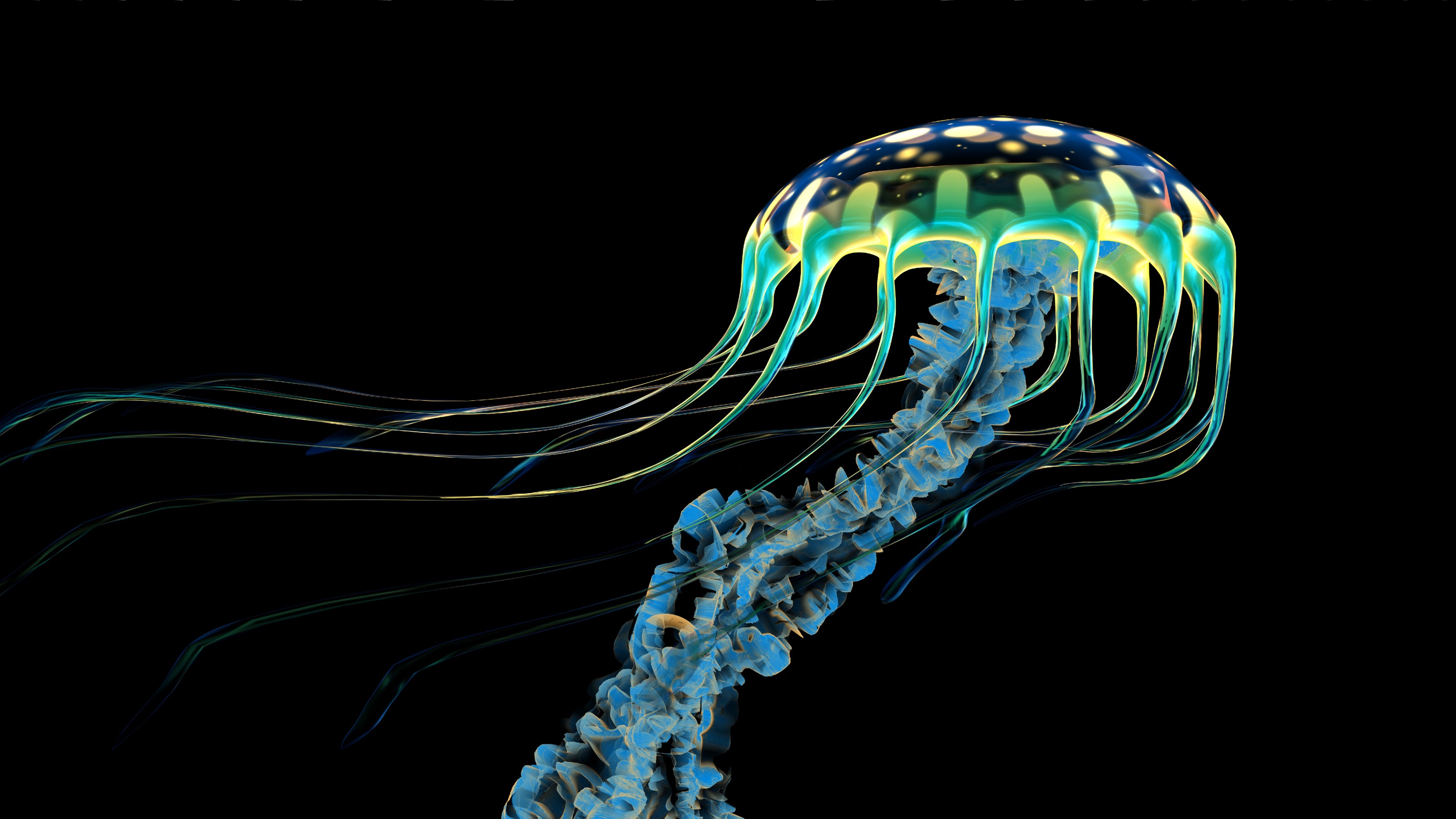Thalassophobia: The missing Titanic submersible triggers a common fear of deep water

- Thalassophobia is a fear of large, deep bodies of water. As indicated by fear of the deep ocean in popular culture, a mild form of the phobia is likely widespread among humanity.
- Just as evolution primed us to fear snakes and spiders, it also may have programmed us to avoid large bodies of water. After all, a human adrift in the sea with no supplies cannot conceivably survive for long. We are also no longer at the top of the food chain.
- Some marine scientists worry that humanity’s overriding thalassophobia dampens public interest in the deep ocean, even though the depths play a vital role in the global ecosystem and even may have birthed all life.
News that a crewed deep sea submersible went missing near the wreckage of the RMS Titanic, 13,000 feet (nearly 4 km) below the surface of the Atlantic, instantly leapt to the top of media sites when the story broke late Sunday. It has remained there as rescuers speedily search for the ship and its five passengers before they run out of oxygen. (The search is still ongoing, as of this article’s publication.)
One potential reason this episode has captured the attention of millions around the globe is that much of humanity likely has mild thalassophobia, a fear of deep bodies of water. Being trapped in a claustrophobic tube at the bottom of the dark, watery depths is a nightmare come true.
Thalassophobia
While there has never been a scientific study gauging the prevalence of this phobia, a quick glance at popular culture over the preceding decades suggests that thalassophobia runs deep. A forum on the popular content-sharing site Reddit dedicated to items that trigger the fear has 1.4 million members, making it the 325th-largest subreddit.
Earlier this year, developers behind the popular video game Horizon Forbidden West implemented a “thalassophobia mode,” presumably at the request of players. (The mode brightens the ambient underwater lighting and grants the game’s central character unlimited breath as gamers dive into the deep sea during some parts of the story.) Myriad books and films play off fears of the deep ocean, including Twenty Thousand Leagues Under the Seas, The Abyss, Sphere, and Deep Blue Sea (1, 2, and 3). For thousands of years, humans have conceived of frightening monsters concealed beneath the waves. Some of the more recent imagined beasts include Cthulu, Godzilla, and the Loch Ness Monster.
“From an evolutionary perspective, it makes sense that humans would develop a tendency to fear and avoid deep water because of all the associated risks,” Dr. Martin Antony, a professor of psychology at Ryerson University in Toronto, told HowStuffWorks. “We are essentially ‘programmed’ through evolution to fear some situations.”
Just as evolution primed us to avoid spiders and snakes, even though they rarely endanger anyone in the modern world, it may have done the same for the vast ocean and other large bodies of water. After all, a lone human with no supplies simply cannot survive adrift for extended periods, and perhaps most disturbingly, we are no longer at the top of the food chain. So, it only makes sense that we evolved at least a hint of thalassophobia to keep us safe on dry land.
Where souls go after death
The fear even seems to pervade scientific terminology. As a team of marine researchers noted in an article published in December 2020:
“The profound depths are technically termed abyssal (3000-6000 m) and hadal (>6000 m), where abyssal means ‘a deep or seemingly bottomless chasm’ and hadal is derived from Hades, the lord and kingdom of the underworld, where souls go after death, in Greek mythology.”
The researchers lamented that humanity’s overriding thalassophobia dampens public interest in the deep ocean, even though the depths play a vital role in the global ecosystem and may even have birthed all life. “The deep sea will forever remain out of sight, out of mind, and out of the public consciousness,” they wrote.
However, they offered a thought exercise to help bring about a change in perspective.
“At 11 kilometers deep, the Mariana Trench is often described as the all-consuming chasm at the bottom of the sea, but if we consider that same 11 km on land and expressed horizontally, suddenly it does not seem that far from reach. For example, 11 km is only half the length of Manhattan, and an Olympic marathon runner could cover the distance in about half an hour. In reality, the place… does not feel so far away if we consider it in less thalassophobic terms.”





